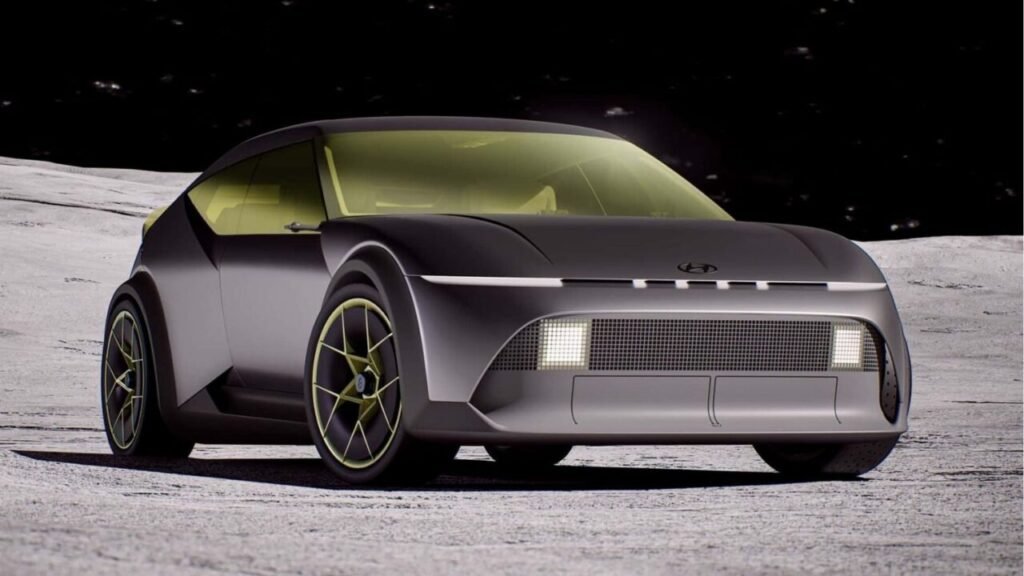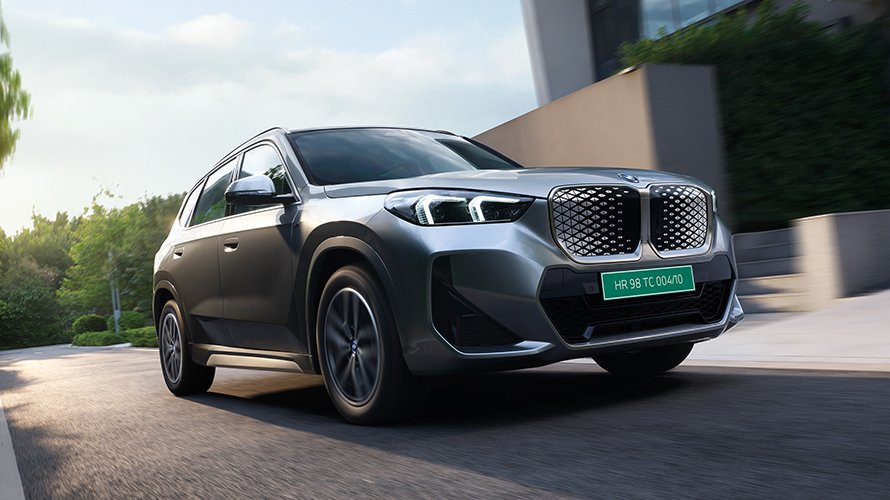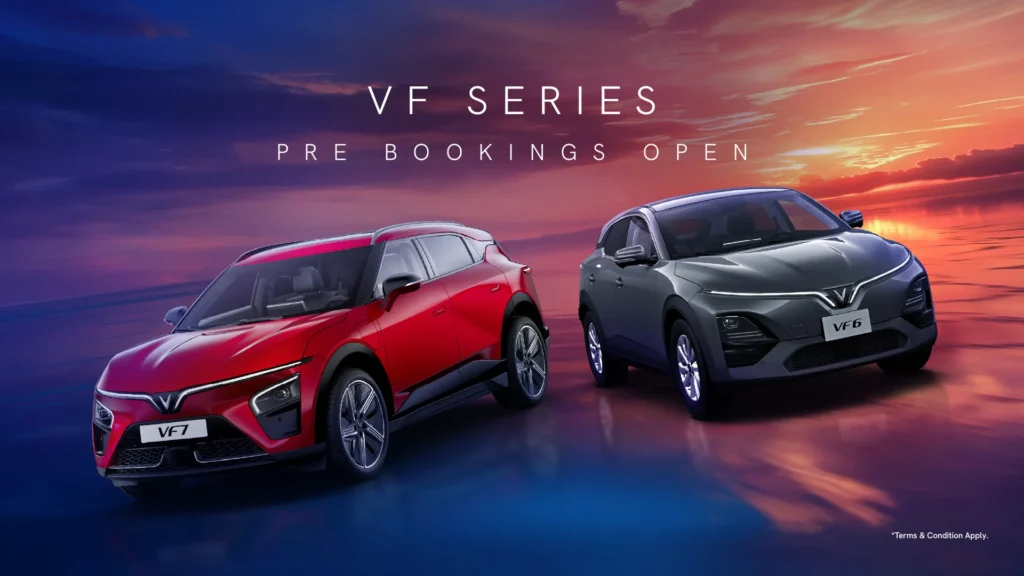In a dazzling display of automotive innovation, Hyundai Motor Company pulled the wraps off its latest electric vision at the IAA Mobility 2025 show in Munich. The all-new Concept THREE, a compact electric hatchback designed under the IONIQ sub-brand, made its global debut on September 9, captivating attendees with its sleek “Aero Hatch” silhouette and forward-thinking features tailored for urban living. As Europe accelerates toward electrification, Hyundai’s bold entry signals the brand’s intent to dominate the compact EV segment, blending emotional design with practical mobility solutions.
The IAA Mobility 2025, held from September 9 to 14 in the heart of Munich, transformed the city into a bustling hub of sustainable transport. Hyundai’s booth, an open and immersive space inspired by its signature Parametric Pixel aesthetics, showcased the full European EV lineup, including the Concept THREE alongside the INSTEROID design study and popular IONIQ models like the IONIQ 9 and KONA Electric. Visitors could even sign up for free test drives on a dedicated track, underscoring Hyundai’s commitment to hands-on experiences. But it was the Concept THREE that stole the spotlight, representing a “milestone car” for the brand’s return to the IAA after a four-year hiatus, as noted by Xavier Martinet, President and CEO of Hyundai Motor Europe.
At first glance, the Concept THREE redefines the compact hatchback with its “Aero Hatch” typology – a harmonious fusion of aerodynamic efficiency and spacious interiors. Measuring in at a city-friendly size, it features a pushed-forward cowl for EV-specific proportions, a smoothly flowing roofline that enhances both style and wind resistance, and a sporty stance that exudes confidence. The exterior embodies Hyundai’s “Art of Steel” design language, evolving from the brand’s recent Sensuous Sportiness philosophy into something sharper and more deliberate. Designers drew inspiration from paper sculptures to explore natural material flows, creating a sense of tension and fluidity that makes the vehicle feel alive and dynamic.
Inside, the Concept THREE prioritizes lifestyle integration with innovative “Bring Your Own Lifestyle” (BYOL) widgets, allowing for seamless personalization of the digital cockpit. This customer-centric approach transforms driving from a mere commute into an expressive journey, with flexible interiors that adapt to urban dwellers’ needs – think modular storage for bikes, groceries, or even work setups. As a fully electric vehicle, it promises zero-emission performance without compromising on fun, though specific powertrain details like battery size or range remain under wraps for now. What is clear is its role in addressing Europe’s urban challenges: compact EVs like this one are key to reducing congestion, emissions, and parking woes in dense cities.
The design team, led by figures like Simon Loasby, Hyundai’s Global Design Center Executive Vice President, emphasized collaboration between European and Korean studios. “We started with paper sculptures to truly consider how to use a material in its most natural form,” Loasby shared during the IAA reveal. This hands-on process resulted in a concept that’s not just visually striking but also production-viable, hinting at future models that could inspire vehicles like the next-generation Hyundai HB20 in emerging markets.
The debut of Concept THREE aligns perfectly with Hyundai’s ambitious electrification strategy. By 2027, the company plans to offer an electrified version of every model in its European portfolio, while globally, it aims to launch 21 EV models by 2030. This push positions Hyundai as a leader in clean energy mobility, especially in Europe where regulatory pressures and consumer demand for sustainable options are at an all-time high. The IONIQ sub-brand, already renowned for hits like the IONIQ 5 and 6, now extends its reach into the compact segment with THREE, making premium EV experiences more accessible to mainstream buyers.
At the IAA booth, Hyundai also highlighted complementary technologies, including hydrogen innovations that broaden its multi-pathway approach to decarbonization. While the Concept THREE is purely electric, it underscores the brand’s holistic vision: EVs for urban agility, hybrids for versatility, and hydrogen for long-haul efficiency. “Compact EVs play a critical role in addressing Europe’s urban challenges,” Martinet emphasized, reinforcing Hyundai’s mission to make electrification “attractive and accessible.”Social media buzz around the reveal has been electric, with posts from outlets like El Carro Colombiano speculating on its influence on future models such as the HB20, and global coverage praising its innovative hatch design. Automotive enthusiasts on platforms like X (formerly Twitter) are already hailing it as a “fresh take on electric hatchbacks” and a sign of the “EV revolution.”
As the IAA Mobility 2025 continues through September 14, the Concept THREE stands as more than a showpiece – it’s a promise of what’s next for Hyundai. While production timelines haven’t been announced, industry watchers expect a retail version to hit European roads within the next few years, potentially priced competitively to rival rivals like the Volkswagen ID.3 or Renault 5 E-Tech. With its blend of style, tech, and sustainability, the Concept THREE could very well break cover not just at IAA, but in showrooms worldwide, propelling Hyundai deeper into the heart of electric urban mobility.



